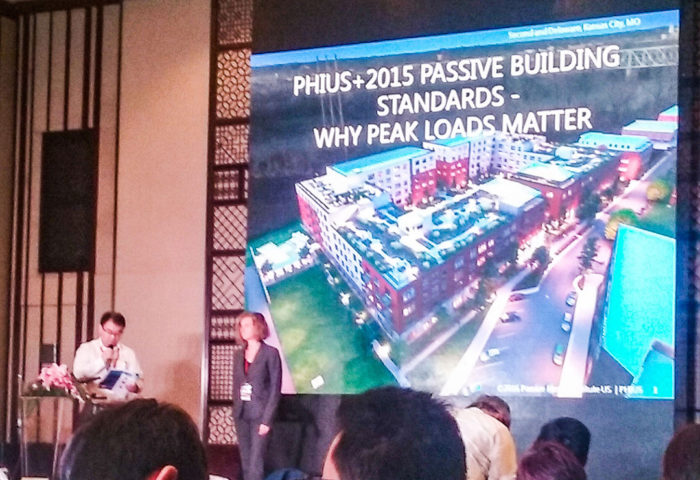
Image Credit: Photo: Courtesy of Katrin Klingenberg
This year I was invited to give the keynote address at Passive House Alliance China’s 3rd China Passive Building Summit in Shanghai, with the explicit request to report on passive building progress in the U.S. and on PHIUS’ climate-specific standards.
In light of the immense amount of development currently taking place in China, with whole cities springing up practically overnight and a huge stock of existing buildings in need of energy efficiency upgrades, China’s interest in the passive building work being done in the U.S. is significant.
It is expected that by 2030, a large number of buildings will be newly constructed or retrofitted worldwide — equivalent to about 60% of the building stock that currently exists today worldwide. Thus, it is crucial that these buildings, whether they be new construction or retrofits, perform at very high levels, ideally at zero energy or zero carbon performance thresholds, in order to tackle the challenges of global climate change.
A large portion of this new construction activity will occur in China and India.
The scope of the challenge is very large
As I arrived in Shanghai a few weeks ago, my first impression on the way into downtown was “Wow, this is a really big place.” In fact, it is the largest “city proper” in the world. Shanghai consists of a conglomeration of countless high-rise residential subdivisions that emerge soon after leaving the airport and continue to expand along the hour-long ride into downtown.
The implications of building on this scale came into focus again later that evening as I was at the hotel battling the jet lag of an 11-hour time difference following a 14-hour flight, when I heard the breaking news: the UN had just announced that 2016 is the first year on record that CO2 levels in the atmosphere not only hit 400 parts per million, but that those levels have been sustained on average throughout the entire year. Needless to say, this is a threshold with serious consequences that will take a long time to reverse — and as you know, much of that CO2 comes from operating buildings.
China is a big country, approximately the geographic size of the U.S., and it has a significant diversity of climates, many of them very similar to those in the U.S. As such, and with well over four times the population of the U.S., the country’s building community shows great interest in PHIUS’ climate-specific passive building standards.
A recent study prepared by the Global Building Performance Network (GBPN) in Paris investigated low-load high-performance buildings (i.e. Passive buildings) worldwide as a necessary solution to the climate challenge.
For this study the GBPN developed a low-load space conditioning needs map which shows that the low-load systems profile (different combinations of heating, cooling, and dehumidification requirements depending on climate) of the U.S. looks almost identical to China. With such close similarities between the climates of the U.S. and China, the implementation of our methodology for developing climate-specific passive building standards in China is a logical next step.
Climate-specific standards for China
The 3rd Passive Building Summit was well organized and well attended, bringing in about 500 participants and a host of great presentations during the opening plenary followed by excellent technical sessions. On the day following my keynote, I participated in a technical workshop to assess how to facilitate continued collaboration between PHIUS and the Passive House Alliance China group going forward.
We agreed that the applicability of the climate-specific passive building standards adapted from the U.S. to the Chinese context is a no-brainer. However, more work needs to be done, such as developing metrics to incorporate local cost data for the best cost-optimized results.
We concluded the workshop with the Chinese passive building group in agreement to pursue further collaboration going forward and that PHIUS’ role in that collaboration would be to help generate Chinese climate-specific passive building standards using the same methodology used for the DOE/NREL report. In this arrangement, our Chinese partners would provide all the necessary information and parameters needed to run the calculations. As a first step on this front, we have already generated the climate data set for Guangzhou for the first project enrolled for PHIUS+ 2015 certification.
Please stay tuned for more information on further developments with this promising new partnership as we look forward to tackling the challenges of climate change together.
The second installment of this two-part blog series is Passive House in China, Part 2.
Katrin Klingenberg is the executive director of the Passive House Institute U.S. This post was first published at the PHIUS website.
Weekly Newsletter
Get building science and energy efficiency advice, plus special offers, in your inbox.





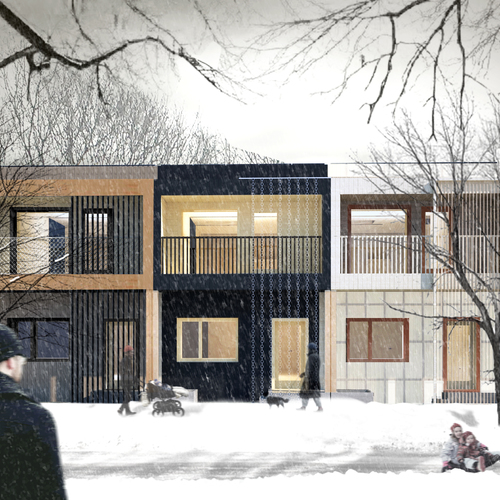
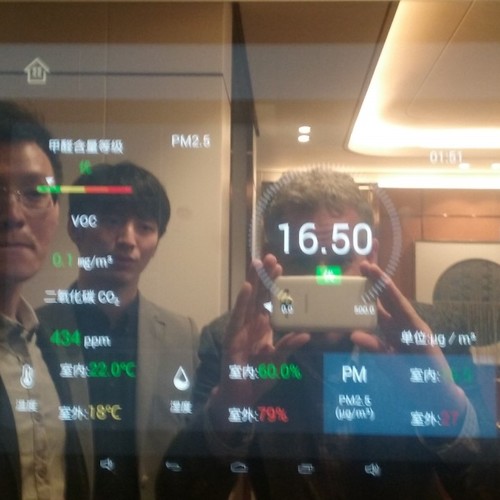
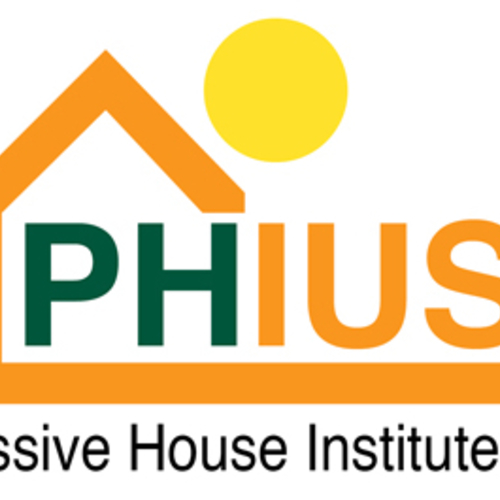
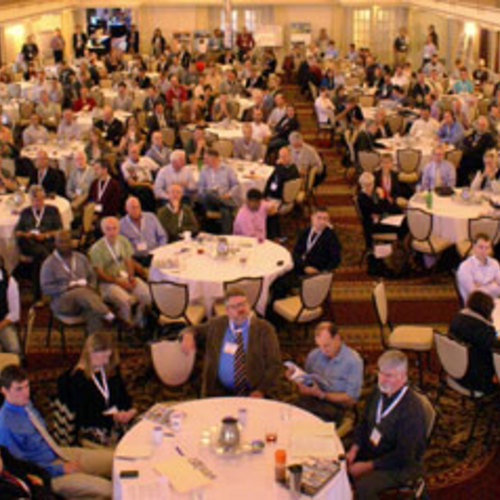






0 Comments
Log in or create an account to post a comment.
Sign up Log in